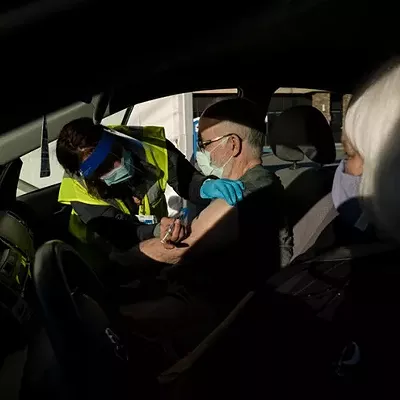
The New York Times Company
School board and city council meetings are going uncovered. Overstretched reporters receive promising tips about stories but have no time to follow up. Newspapers publish fewer pages or less frequently or, in hundreds of cases across the country, have shuttered completely.
All of this has added up to a crisis in local news coverage in the United States that has frayed communities and left many Americans woefully uninformed, according to a report by PEN America released Wednesday.
“A vibrant, responsive democracy requires enlightened citizens, and without forceful local reporting they are kept in the dark,” the report said. “At a time when political polarization is increasing and fraudulent news is spreading, a shared fact-based discourse on the issues that most directly affect us is more essential and more elusive than ever.”
The report, “Losing the News: The Decimation of Local Journalism and the Search for Solutions,” paints a grim picture of the state of local news in every region of the country. The prelude is familiar to journalists: As print advertising revenue has plummeted, thousands of newspapers have been forced to cut costs, reduce their staffs or otherwise close.
And while the disruption has hampered the ability of newsrooms to fully cover communities, it also has damaged political and civic life in the United States.
“That first draft of history is not being written — it has completely disappeared,” said Suzanne Nossel, chief executive of PEN America, a nonprofit organization that celebrates literature and free expression. “That’s what is so chilling about this crisis.”
In 2017, when work on the PEN project began, researchers planned to call it “News Deserts,” examining pockets of the country where local news was scarce. But the more research the group did, the more it realized that the original scope was inadequate: Since 2004, more than 1,800 local print outlets have shuttered in the United States, and at least 200 counties have no newspaper at all.
“This was a national crisis,” Nossel said. “This was not about a few isolated areas that were drying up.”
Many Americans are completely unaware that local news is suffering. According to a Pew survey, 71% of Americans believe their local news outlets are doing well financially.
“They don’t realize that their local news outlet is under threat,” said Viktorya Vilk, manager of special projects for PEN, who was one of the report’s authors.














